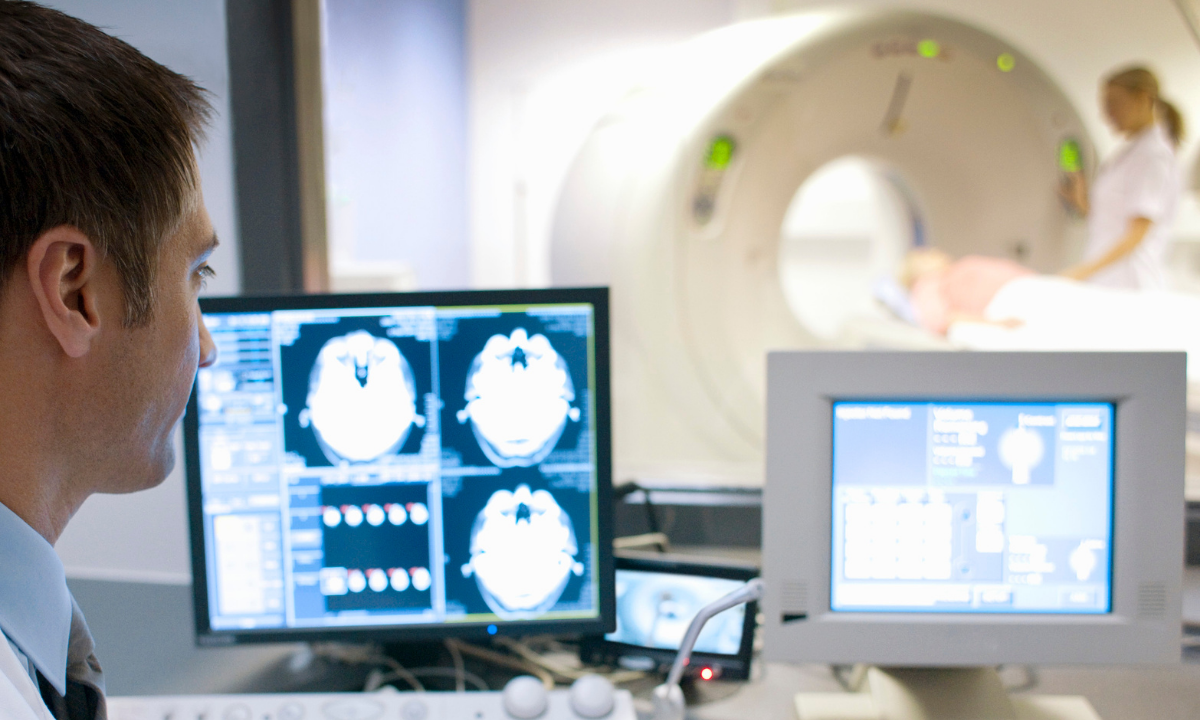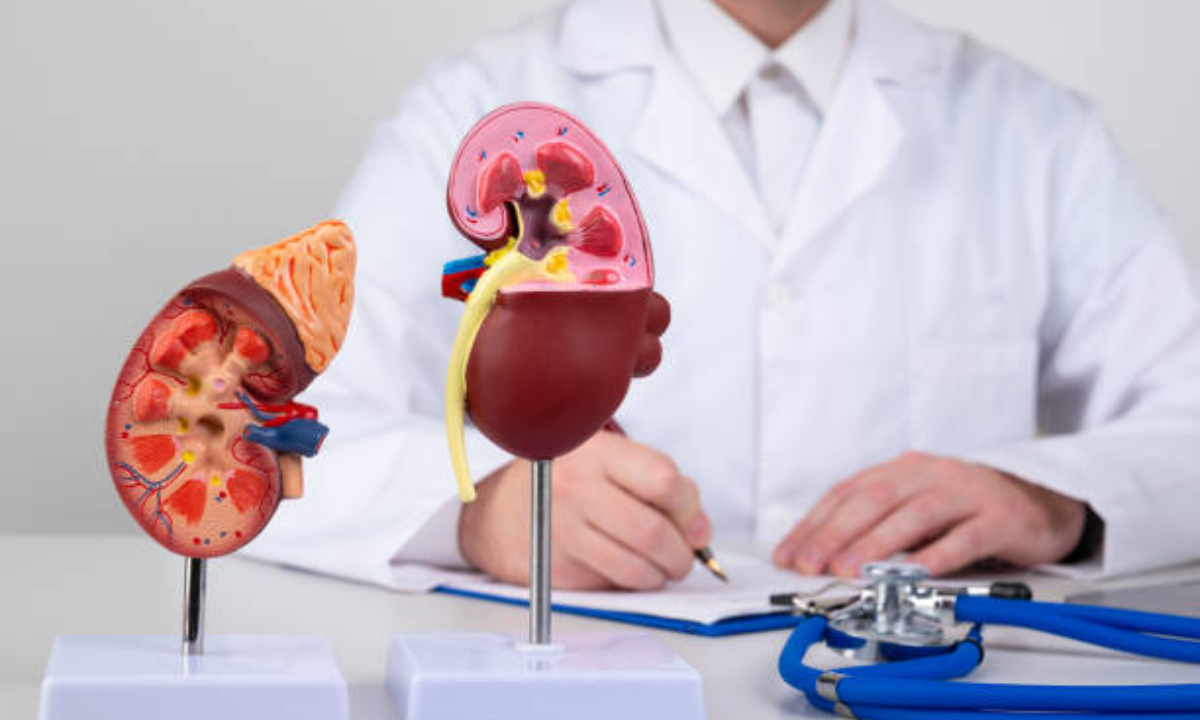A CT scan, or Computed Tomography scan, is a clinical imaging method that utilizes PC handled X-beams to make cross-sectional pictures or cuts of the body. CT filters are normally used to search for indications of disease, assess malignant growth therapy reaction, distinguish malignant growth repeat or spread of disease and guide biopsies and different methods. In this article, we will talk about how CT scan detect cancer in patients?
What is cancer and how can it develop?
Disease starts when sound cells in the body begin to change and outgrow control, framing a mass called a cancer. A growth can be harmless (non-carcinogenic) or threatening (malignant). Harmless cancers don’t spread to different pieces of the body. Dangerous growths are carcinogenic and can possibly spread to different pieces of the body on the off chance that they are not treated.
Malignant growth creates over the long haul through a progression of changes in our phones called transformations. Transformations in qualities that control cell development and division can make cells duplicate wildly and structure threatening growths.
Can CT Scan Detect Cancer in its Early Stages?
CT examines produce nitty gritty cross-sectional pictures of the body utilizing X-beams. Contrasted with standard X-beams, CT scans give more physical insights concerning delicate tissues, bones and organs. This assists specialists with identifying irregularities, developments or changes that might show disease at a beginning phase before actual side effects create. A few early indications of malignant growth that can be recognized on a CT examine include:
- Little growths or knobs in lungs, liver or different organs that may not be felt during actual assessment.
- Augmented or enlarged lymph hubs that could demonstrate spread of malignant growth from another area.
- Strange thickening of tissues in organs like the pancreas, uterus or prostate that warrant further examination.
- Little breaks in bones that might be the main indication of disease that has spread (metastasized) from another area like the bosom or lungs.
Generally speaking, a standard CT scans accomplished for different reasons can get little dangerous changes when an individual might in any case feel fine and have no side effects of the illness. This takes into account prior finding and treatment previously the cancer grows significantly in size.
How small can a cancer be detected on a CT scan?
CT Scan detect cancer even if it is of the smallest size of a cancerous tumor or nodule and that depends on factors like:
- Location of the tumor in the body – Tumors in areas like the lungs are generally easier to see on CT than those in the liver for example.
- Tumor type and characteristics – Certain fast-growing aggressive tumors may be visible at a smaller size than slow-growing indolent tumor types.
- Imaging technology used – Higher resolution multi-detector CT scanners allow detection of smaller lesions compared to older CT machines.
As a general rule, most CT scan detect cancer which have a goal of around 2-5 mm which implies they can dependably distinguish knobs or growths that are 5 mm or bigger in size. In any case, a few ongoing examinations have demonstrated the way that with improved CT check conventions and procedures, radiologists can distinguish pneumonic (lung) knobs that are pretty much as little as 2-3 mm in measurement.
For lymph hubs, the base size of identification is around 8-10 mm. In gist –
- Lung nodules – 2-5 mm
- Liver lesions – 5-10 mm
- Lymph nodes – 8-10 mm
- Bone metastases – 5 mm or larger
Does early detection with CT scan improve cancer outcomes?
Yes, there is strong evidence that finding cancer at an earlier, smaller stage through imaging scans like CT leads to significantly better treatment outcomes and survival rates compared to detection at a later stage:
- For lung cancer, 5-year survival is over 50% if detected at stage I when the tumor is still very small. This drops to under 5% if detected at distant stage IV.
- For colorectal cancer, the 5-year survival is about 90% if cancer is caught early before it has spread outside the colon. This decreases to around 10% for distant stage IV cancer.
- Studies have shown CT lung cancer screening can diminish the risk of cellular breakdown in the lungs by 20% when used to screen high-risk individuals like heavy smokers.
- For many cancers, earlier stage often means less radical treatment like surgery instead of chemotherapy and radiation. This preserves organ function and quality of life.
Therefore, using sensitive tests like low-dose CT scans to screen high-risk patients or monitor cancer recurrence can identify malignant changes at their earliest and most treatable stage, significantly improving a patient’s chances for long-term survival and cure.
What are the risk factors affecting early detection with CT Scans?
While CT scan detect cancer at early stages which is extremely useful and important too to note that they do expose patients to a small amount of radiation. Exposure to additional radiation will slightly increase the lifetime risk of developing cancer. However, for most routine cancer screening scans, the possible advantages of early recognition far offset the small radiation risks.
Other rare risks can include an allergic reaction to contrast dye if used, as well as risks of nephrotoxicity (damage to kidneys). Therefore, CT scans should only be performed when medically necessary and screening guidelines are followed to ensure risks are minimized and benefits are maximized.
For high-risk individuals who may need frequent scans, facilities use low-dose protocols to reduce radiation exposure as much as possible without jeopardizing image quality. Overall, the risks of undergoing CT scans for cancer screening are very low when done judiciously under medical supervision.
To wrap up, high resolution CT scan detect cancer of tumors, nodules and lymph node enlargement down to 2-10 mm in size depending on location – often before physical symptoms occur. This early detection thanks to routine imaging translates to dramatically improved survival rates as cancer is caught at an earlier, more localized stage that responds well to less intensive treatments.
Therefore, CT scans remain an important tool to not just diagnose but also monitor high-risk patients and cancer survivors vigilantly for early signs of recurrent disease. When used judiciously along with other risk-based screening guidelines, CT can help achieve long term cure and survival for many cancer patients.
Kiranpet Diagnostic Centre offers comprehensive medical imaging and diagnostic services, providing accurate and timely results to support patient care.






